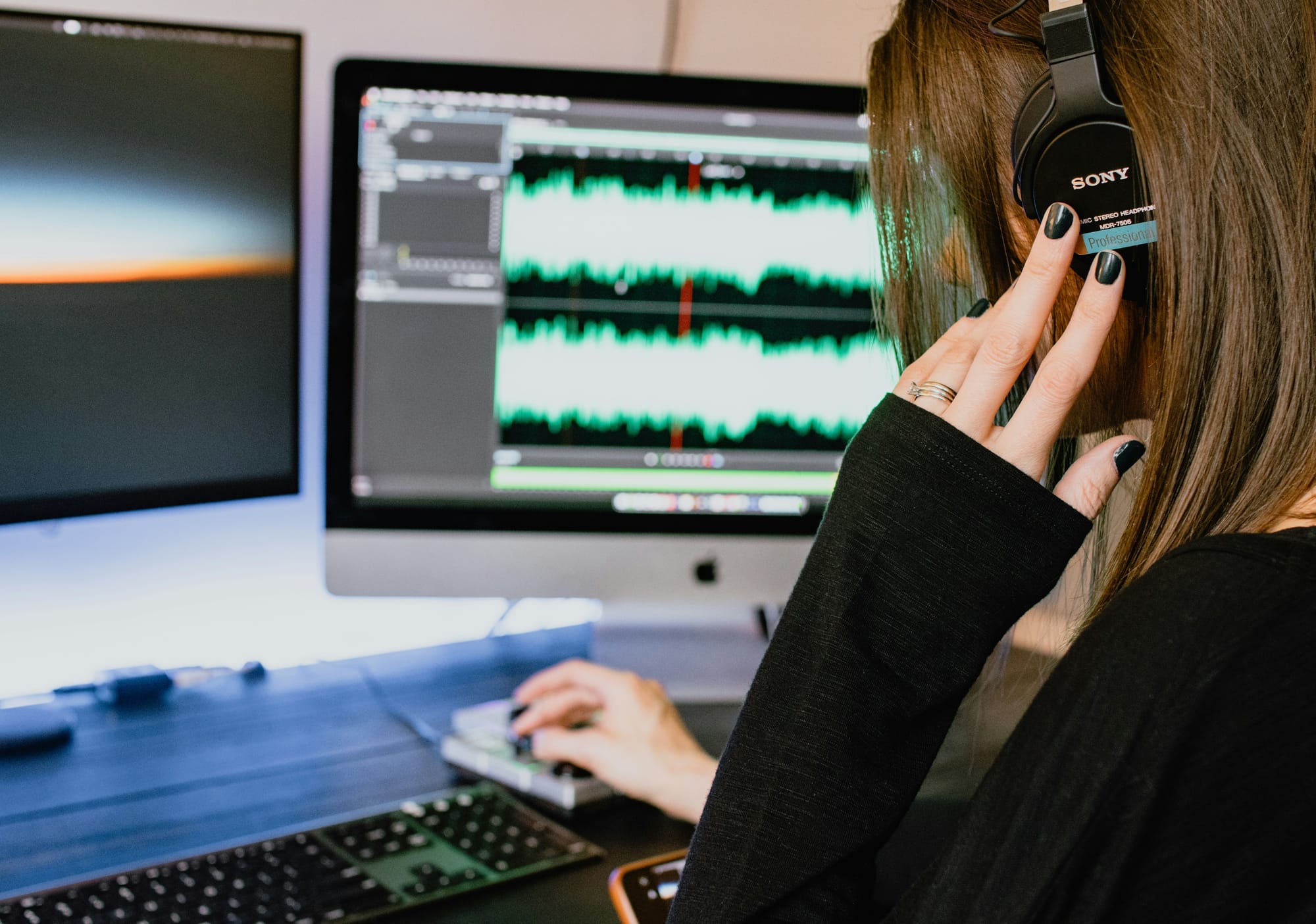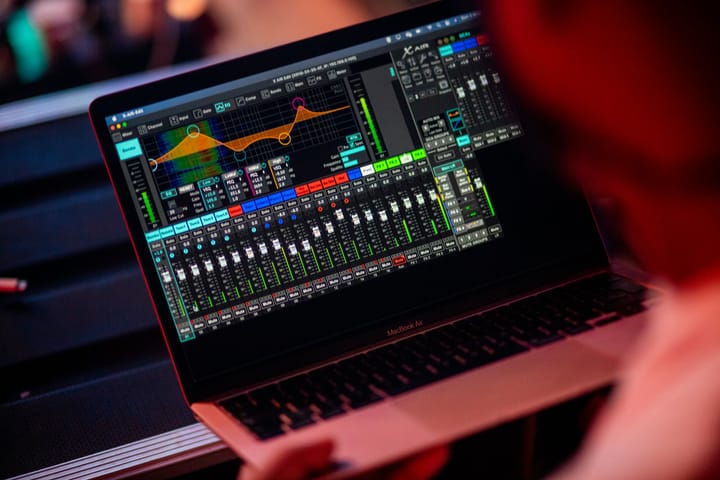Audio Cleanup for Beginners: Easy Techniques
Audio cleanup is essential for anyone working with recorded sound, from podcasters and musicians to YouTubers and filmmakers.


Key Takeaways
- Audacity is a powerful free tool for noise reduction and basic audio cleanup.
- iZotope RX offers advanced features suitable for more detailed audio restoration.
- Adobe Audition provides a comprehensive suite of tools for various audio cleanup tasks.
- Many beginners are unaware that Audacity supports VST plugins, expanding its functionality significantly.
- Proper audio cleanup involves noise reduction, equalization, and removing unwanted sounds.
Introduction
Audio cleanup is essential for anyone working with recorded sound, from podcasters and musicians to YouTubers and filmmakers. Cleaning up audio can make a significant difference in the quality of your recordings, making them sound more professional and enjoyable for listeners. Surprisingly, many beginners do not realize that free tools like Audacity support VST plugins, allowing for a much broader range of audio editing capabilities. In this guide, we will cover some easy techniques and tools for audio cleanup, helping you improve your sound quality without needing advanced audio engineering skills.
Why Audio Cleanup Matters
Clean audio is crucial for delivering clear and professional-sounding recordings. Background noise, hums, and clicks can distract listeners and detract from the overall quality of your content. Effective audio cleanup can remove these unwanted sounds, enhance the clarity of speech or music, and create a more immersive listening experience.
Easy Techniques for Audio Cleanup
- Noise Reduction
Noise reduction is the process of removing background noise from your recordings. This can include ambient sounds like air conditioning hum, street noise, or electronic interference.
Steps for Noise Reduction Using Audacity:
- Select a Sample: Open your audio file in Audacity and highlight a section that contains only the background noise.
- Noise Profile: Go to 'Effect' > 'Noise Reduction' and click 'Get Noise Profile'. This tells Audacity what noise to filter out.
- Apply Noise Reduction: Highlight the entire track, return to 'Noise Reduction', and click 'OK' to apply the effect.
- Equalization
Equalization (EQ) adjusts the balance of frequencies in your audio. It can enhance certain aspects of the sound, making vocals clearer or music more balanced.
Steps for Equalization Using Adobe Audition:
- Open Graphic Equalizer: In Adobe Audition, go to 'Effects' > 'Filter and EQ' > 'Graphic Equalizer'.
- Adjust Frequencies: Adjust the sliders to boost or cut specific frequency ranges. For example, increasing the midrange can make vocals more prominent.
- Preview and Apply: Listen to the changes and adjust as necessary, then apply the EQ settings to your track.
- Removing Clicks and Pops
Clicks and pops can occur due to various reasons, including recording issues or digital errors. Removing these can make your audio smoother.
Steps for Removing Clicks and Pops Using iZotope RX:
- Open De-click Module: In iZotope RX, open your audio file and select the 'De-click' module.
- Adjust Settings: Adjust the sensitivity and frequency skew to target the clicks and pops.
- Process Audio: Preview the changes, and once satisfied, process the entire audio file to remove the unwanted noises.
Best Software for Audio Cleanup
- Audacity
Audacity is a free, open-source audio editing software that offers a variety of tools for audio cleanup. It is beginner-friendly and widely used due to its robust feature set.
How to Use Audacity for Audio Cleanup:
- Noise Reduction: Follow the steps outlined earlier to reduce background noise.
- Equalization: Use the 'Equalization' effect under the 'Effect' menu to adjust frequency ranges.
- VST Plugins: Enhance Audacity's capabilities by installing VST plugins for additional effects and tools. Download plugins and place them in the Audacity plugin folder, then enable them in the software.
- iZotope RX
iZotope RX is a professional-grade audio restoration suite that offers advanced tools for detailed audio cleanup. It is ideal for tackling complex audio issues.
How to Use iZotope RX for Audio Cleanup:
- De-noise Module: Use the 'De-noise' module to remove background noise. Adjust the reduction amount and threshold to clean up your audio.
- De-click Module: Utilize the 'De-click' module to eliminate clicks and pops. Fine-tune the settings for optimal results.
- Spectral Repair: For more precise edits, use the 'Spectral Repair' tool to visually select and repair problem areas in the audio.
- Adobe Audition
Adobe Audition is a comprehensive audio editing and cleanup software that offers a wide range of tools for both basic and advanced audio work.
How to Use Adobe Audition for Audio Cleanup:
- Noise Reduction: Use the 'Noise Reduction (Process)' tool found under 'Effects' > 'Noise Reduction / Restoration'. Capture a noise print and apply noise reduction to the entire track.
- Equalization: Use the 'Graphic Equalizer' to balance frequency ranges and enhance audio clarity.
- Automatic Click Remover: Apply the 'Automatic Click Remover' effect to quickly eliminate clicks and pops from your recording.
FAQs about Audio Cleanup
What is the best free software for audio cleanup? Audacity is widely regarded as the best free software for audio cleanup, offering robust tools and support for VST plugins to extend its functionality.
Can I achieve professional-quality audio cleanup with free tools? Yes, with tools like Audacity and proper techniques, you can achieve high-quality audio cleanup. For more advanced needs, professional tools like iZotope RX or Adobe Audition may be necessary.
Is it necessary to use external plugins for audio cleanup in Audacity? While not necessary, using external VST plugins can enhance Audacity’s capabilities, providing more advanced effects and tools for detailed audio cleanup.
Can I use these audio cleanup techniques on any type of audio recording? Yes, these techniques can be applied to various types of audio recordings, including podcasts, music, voiceovers, and field recordings, to improve overall sound quality.
How often should I perform audio cleanup on my recordings? Perform audio cleanup as part of your regular editing process for each recording. Consistently applying these techniques ensures high-quality audio output for your projects.
By mastering these easy audio cleanup techniques and utilizing the right tools, beginners can significantly improve the quality of their recordings, making them sound more professional and polished. Whether you're using free software like Audacity or investing in advanced tools like iZotope RX and Adobe Audition, these methods will help you achieve clearer, more enjoyable audio.
Billionviews.ai is a video editor recruiting platform. Discover video editors who can meet your style preferences, budget, and deadlines. Once you post a job, applicants are rated based on their samples. Post your job on Billionviews.ai today for free!


